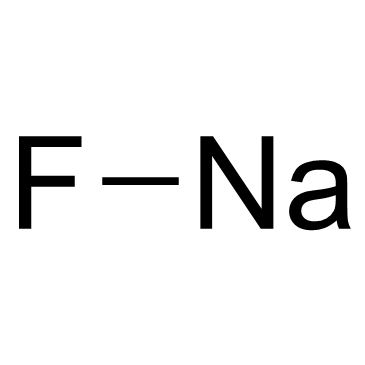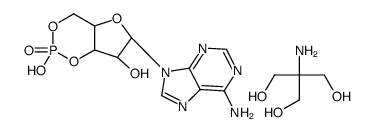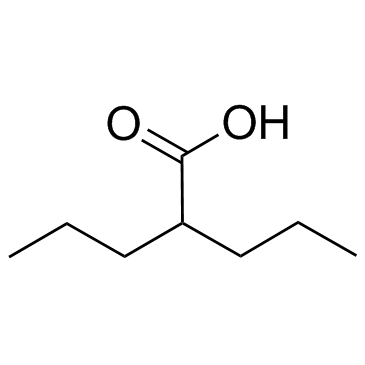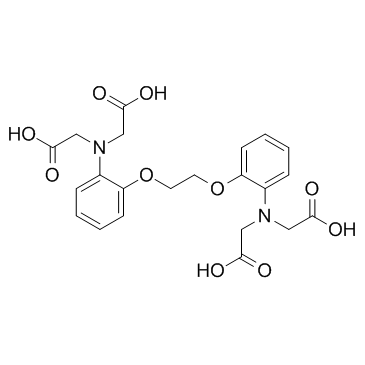| 结构式 | 名称/CAS号 | 全部文献 |
|---|---|---|
 |
氟化钠
CAS:7681-49-4 |
|
 |
氯化钠
CAS:7647-14-5 |
|
 |
腺苷3',5'-环单磷酸三羟甲基氨基甲烷盐
CAS:102029-77-6 |
|
 |
氯化钠-35cl
CAS:20510-55-8 |
|
 |
氯化钾
CAS:7447-40-7 |
|
 |
甘油
CAS:56-81-5 |
|
 |
丙戊酸
CAS:99-66-1 |
|
 |
丁酸钠
CAS:156-54-7 |
|
 |
1,2-双(2-氨基苯氧基)乙烷-N,N,N',N'-四乙酸
CAS:85233-19-8 |
|
 |
6-氰基-7-硝基喹喔啉-2,3-二酮
CAS:115066-14-3 |